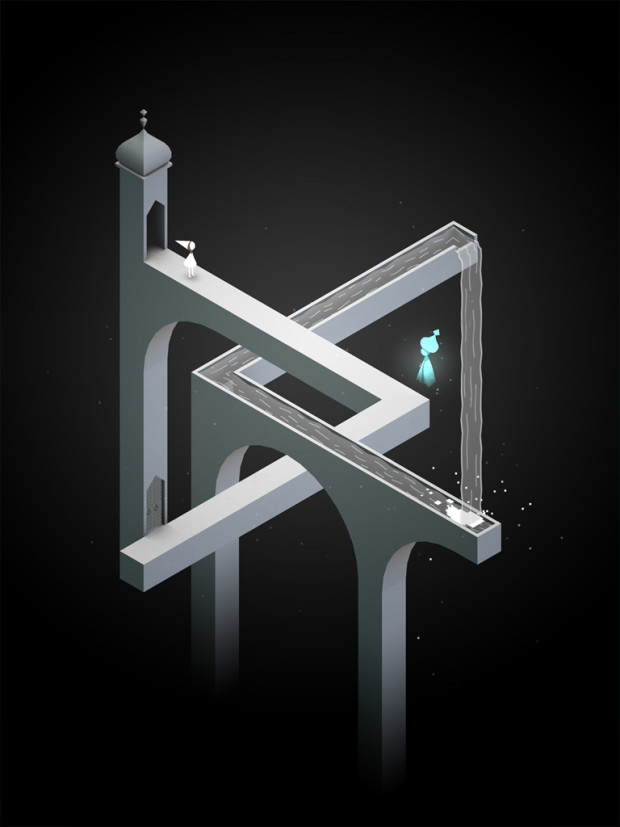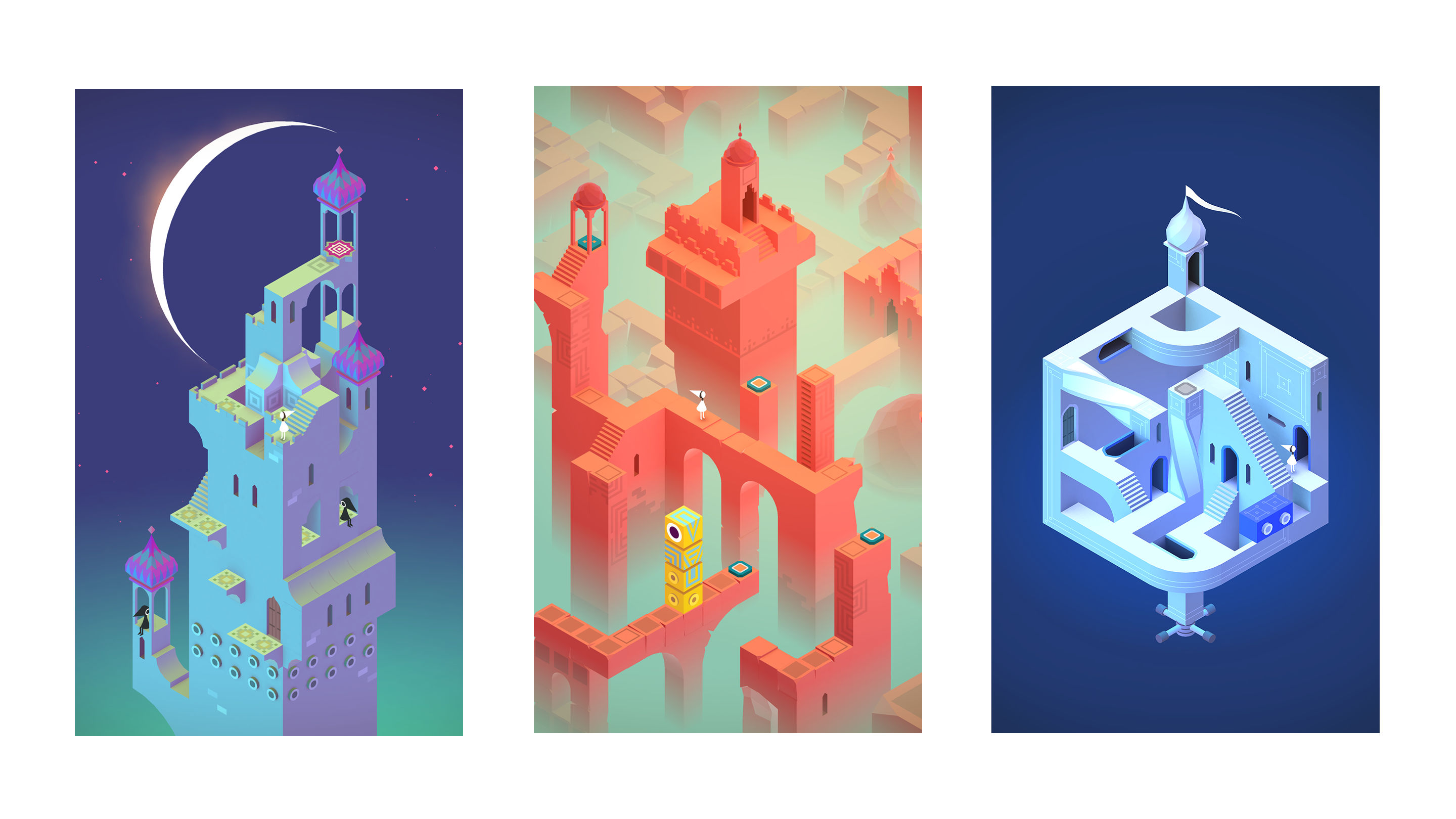In Monument Valley, the intricate relationship between architectural styles and puzzle design plays a significant role in creating a unique gameplay experience. The developers have adeptly merged real-world architectural principles with surreal, impossible designs to challenge players’ perceptions and problem-solving abilities. Here’s a detailed exploration of how these architectural influences shape the game’s puzzles:
1. Architectural Inspirations and Techniques:
Monument Valley draws heavily from isometric architectural drawing techniques, particularly those popularized in the 1970s. The architectural style resonates with the works of influential figures like Peter Eisenman, whose abstract and floating house concepts evoke spatial ambiguities. This alignment with Eisenman’s vision mirrors the game’s levels, enhancing the sense of perspective fluidity and impossible structures that become critical to the puzzle-solving experience.
2. Integration of Real-World References:
The game intricately weaves real-world architectural landmarks into its design, such as the Red Fort of Delhi and the intricate cathedral windows of the Vatican. These references ground the game in tangible reality while infusing it with stylized and abstract elements. This fusion results in puzzles that feel both familiar and otherworldly, allowing players to engage with environments that are aesthetically pleasing and intellectually stimulating.
3. Influence of M.C. Escher:
A significant source of inspiration for Monument Valley’s architectural design is the artwork of M.C. Escher, particularly pieces like Ascending and Descending. The game embraces Escherian principles, using optical illusions where staircases loop endlessly or surfaces alternate roles between the floor and walls. This architectural identity not only acts as a backdrop but also becomes integral to the puzzles, compelling players to confront and navigate these visual paradoxes in their quest to progress.
4. Puzzle Components Derived from Architecture:
Two essential components emerge from the architectural styles present in the game, shaping the puzzle mechanics:
– Optical Illusions: The game cleverly incorporates viewpoints that make disconnected pathways appear aligned. This visual trickery allows characters to traverse gaps that, in reality, would be impossible to cross, reinforcing the need for players to perceive space differently.
– Mechanical Transformations: Monument Valley also features dynamic environmental shifts. Elements of the landscape, such as walls and platforms, rotate or slide, compelling players to continuously reassess their spatial understanding. This transformation of the environment enriches the gameplay by integrating movement into the puzzles themselves.
5. Emotional and Narrative Tone:
The architectural influences extend beyond mere mechanics to affect the game’s emotional landscape and narrative tone. The floating structures and precise geometric shapes evoke a sense of awe and wonder that resonates deeply with players. The environment serves as more than just a backdrop—it is an active participant in the puzzle-solving process. The artful blend of artistic expression and mathematical precision turns architecture into a core component of both the aesthetic experience and the gameplay.
Conclusion:
Ultimately, Monument Valley succeeds in using architectural styles to create immersive puzzles that are visually coherent yet filled with impossibilities. The game stands at the crossroads of art, mathematics, and innovative game design. Players are invited not only to solve puzzles but also to explore the boundless potential of space and perception within this beautifully crafted world. Through the combination of real-world inspiration, optical illusions, and dynamic transformations, Monument Valley offers a unique and deeply engaging experience that redefines the way players interact with architecture and puzzles alike.



:no_upscale()/cdn.vox-cdn.com/uploads/chorus_asset/file/4511103/monument_valley_floating_world_stills.0.jpg)


Leave a Reply